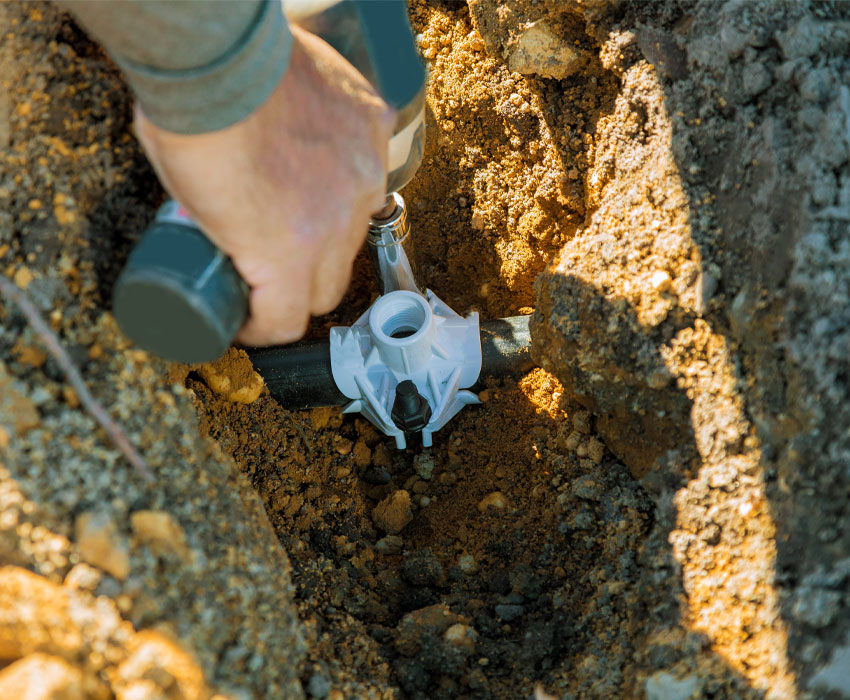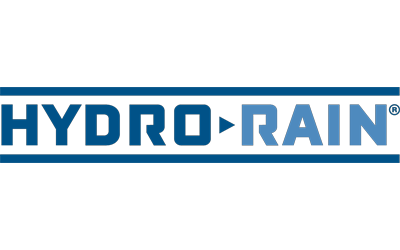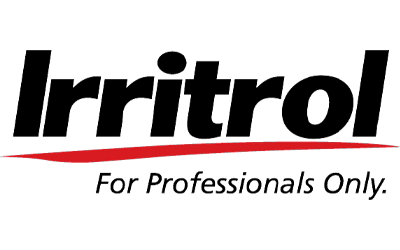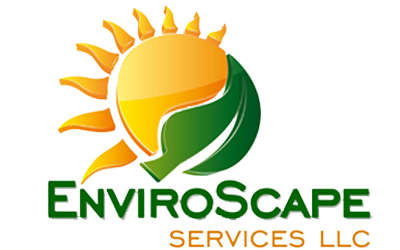Frequently Asked Questions
What signs indicate that my sprinkler system needs immediate maintenance or repair?
Signs that indicate your sprinkler system needs immediate maintenance or repair include inconsistent water coverage, pooling water or dry spots in your lawn, unusual noises, and visible leaks. Addressing these issues promptly can prevent further damage and ensure efficient irrigation.
How do I know if my sprinkler system needs repair versus simple maintenance?
Determining whether your sprinkler system needs repair or simple maintenance involves assessing its performance. If you notice inconsistent water distribution, leaks, or broken components, it likely requires repair. Conversely, routine checks and minor adjustments typically indicate maintenance needs.
How often to service sprinkler system?
The frequency of servicing a sprinkler system is essential for optimal performance. It is recommended to service your system at least once a year, ideally before the irrigation season begins, to ensure efficient operation and prevent costly repairs.
What are the benefits of regular sprinkler system maintenance and repair?
The benefits of regular sprinkler system maintenance and repair include improved efficiency, reduced water waste, and enhanced landscape health. Consistent upkeep ensures optimal performance, preventing costly repairs and promoting sustainable irrigation practices.
How much does it cost to service a sprinkler system?
The cost to service a sprinkler system varies based on factors such as system size, repair needs, and location. On average, you can expect to pay between $75 to $150 for standard maintenance or repairs.
What are the common signs that my sprinkler system needs repair or maintenance?
Common signs that your sprinkler system needs repair or maintenance include inconsistent water distribution, visible leaks, dry patches in your lawn, or unusually high water bills. Addressing these issues promptly can help maintain an efficient irrigation system.
What are the key indicators of sprinkler issues?
The key indicators of sprinkler issues include uneven watering, pooling water, low water pressure, and visible leaks. These signs often point to malfunctioning components that require prompt attention to maintain efficient irrigation.
How can I prevent sprinkler system failures?
Preventing sprinkler system failures involves regular maintenance, including checking for leaks, cleaning filters, and adjusting sprinkler heads for optimal coverage. Scheduling professional inspections can also help identify potential issues before they escalate.
What maintenance tasks are essential for sprinklers?
Essential maintenance tasks for sprinklers include regularly checking for leaks, adjusting spray patterns, cleaning filters and nozzles, and ensuring proper system pressure to maintain efficient irrigation and promote healthy landscapes.
How do I identify leaks in my sprinkler system?
Identifying leaks in your sprinkler system involves checking for wet spots in your yard, monitoring water pressure, and inspecting sprinkler heads for damage. Additionally, observe your water bill for unexpected increases, which may indicate a hidden leak.
What tools are needed for sprinkler maintenance?
The tools needed for sprinkler maintenance include a wrench for tightening fittings, a screwdriver for adjustments, a shovel for digging, and a pressure gauge to check system performance. These tools ensure efficient repairs and proper system function.
How can I improve my sprinkler systems efficiency?
Improving your sprinkler system's efficiency involves regular maintenance, such as checking for leaks, adjusting sprinkler heads for proper coverage, and utilizing timers and moisture sensors to optimize watering schedules.
What seasonal checks should I perform on sprinklers?
Seasonal checks for sprinklers include inspecting for leaks, adjusting spray patterns, cleaning filters and nozzles, and ensuring proper coverage. Regular maintenance helps optimize performance and conserve water throughout the year.
How do I winterize my sprinkler system?
Winterizing your sprinkler system involves draining all water from the pipes and components to prevent freezing damage. Begin by shutting off the water supply, then use compressed air to blow out the lines, ensuring all water is expelled.
What common repairs are needed for sprinkler systems?
Common repairs needed for sprinkler systems include fixing broken or clogged sprinkler heads, repairing leaks in pipes, adjusting water pressure, and replacing damaged valves. Regular maintenance can help prevent these issues and ensure efficient irrigation.
How can I extend the life of my sprinkler system?
Extending the life of your sprinkler system involves regular maintenance, including checking for leaks, cleaning filters, and adjusting spray patterns. Additionally, scheduling professional inspections can help identify issues early and ensure optimal performance.
What is the average lifespan of a sprinkler system?
The average lifespan of a sprinkler system is typically between 10 to 15 years, depending on factors such as maintenance, usage, and the quality of the components used. Regular upkeep can extend its longevity.
How do I troubleshoot sprinkler system problems?
Troubleshooting sprinkler system problems involves checking for clogs, ensuring proper water pressure, and inspecting valves and timers. Start by examining the sprinkler heads and lines for blockages, then verify that the system is receiving adequate water flow.
What factors affect sprinkler system performance?
The factors that affect sprinkler system performance include water pressure, nozzle size, system design, maintenance frequency, and the presence of clogs or leaks. Ensuring these elements are optimized is crucial for efficient irrigation.
How can I optimize water usage with sprinklers?
Optimizing water usage with sprinklers involves scheduling irrigation during early morning or late evening, adjusting sprinkler heads for even coverage, and regularly checking for leaks or clogs to ensure efficient water distribution.
What are the signs of a clogged sprinkler head?
The signs of a clogged sprinkler head include uneven water distribution, dry patches on your lawn, and reduced water pressure. If you notice these issues, it may be time to inspect and clean your sprinkler heads for optimal performance.
How do I adjust sprinkler head settings?
Adjusting sprinkler head settings involves turning the adjustment screws or rotating the head to modify the spray pattern and distance. Ensure the system is off, then make small adjustments to achieve optimal coverage for your landscape.
What is the best time to service sprinklers?
The best time to service sprinklers is during the spring and fall. These seasons allow for optimal irrigation adjustments, ensuring your system runs efficiently as weather conditions change. Regular maintenance at these times helps prevent issues and conserves water.
How can I find a reliable sprinkler technician?
Finding a reliable sprinkler technician involves researching local service providers, checking online reviews, and asking for recommendations from friends or neighbors. Ensure they are licensed, insured, and offer guarantees on their work for added peace of mind.
What are the benefits of professional sprinkler inspections?
The benefits of professional sprinkler inspections include identifying potential issues early, ensuring optimal water efficiency, and promoting healthier landscapes. Regular inspections help prevent costly repairs and conserve water, making them essential for effective irrigation management.
How do I choose the right sprinkler system?
Choosing the right sprinkler system involves assessing your landscape's size, water pressure, and plant types. Consider options like drip irrigation for gardens or pop-up sprinklers for lawns to ensure efficient coverage and optimal water conservation.
What are the costs associated with sprinkler repairs?
The costs associated with sprinkler repairs can vary based on the type of repair needed, the complexity of the system, and the materials required. Typically, you can expect to pay for labor and any replacement parts, with estimates often ranging from $75 to $300.
How can I enhance my sprinkler systems coverage?
Enhancing your sprinkler system's coverage involves assessing and adjusting the placement of your sprinkler heads, ensuring proper spacing, and utilizing the right nozzle types for your landscape. Regular maintenance checks can also optimize performance.
What are the environmental benefits of efficient sprinklers?
The environmental benefits of efficient sprinklers include reduced water waste, improved water conservation, and healthier landscapes. By delivering precise irrigation, efficient sprinklers help maintain optimal soil moisture while minimizing runoff and promoting sustainable water use.
How do I maintain my sprinkler system year-round?
Maintaining your sprinkler system year-round involves regular inspections, adjusting watering schedules seasonally, checking for leaks, and winterizing the system to prevent damage. Consistent upkeep ensures efficient irrigation and a healthy landscape.





